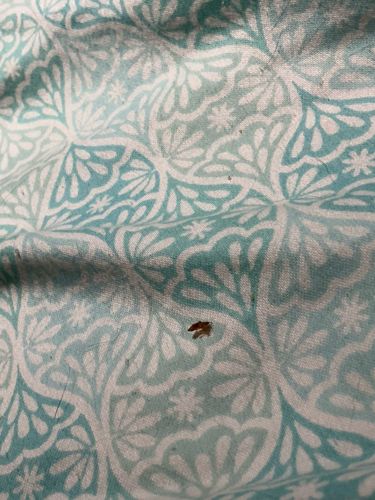Booklouse
Scientific Name: Psocoptera (various species)
Order & Family: Order Psocoptera, various families (e.g., Liposcelididae, Psocidae)
Size: Typically 1-2 mm, but can range from 0.5 mm to 10 mm

Natural Habitat
Damp, warm, and dark places with a food source, such as books, stored foods, walls with mold, and sometimes on plants outdoors.
Diet & Feeding
They feed on mold, fungi, dead insects, starchy materials, glues in book bindings, wallpaper paste, and sometimes grains or other organic detritus.
Behavior Patterns
Booklice are small, soft-bodied insects that prefer humid conditions. They are often found in large numbers but tend to be solitary. Some species are parthenogenetic (reproducing without males). They are generally not destructive to fabric but can be a nuisance.
Risks & Benefits
Generally considered a nuisance pest. They do not bite humans or transmit diseases. Large infestations can indicate high humidity and potential mold problems. They can damage books and stored food products by feeding on starches and glues. No known significant benefits, though they play a minor role as decomposers.
Identified on: 9/27/2025